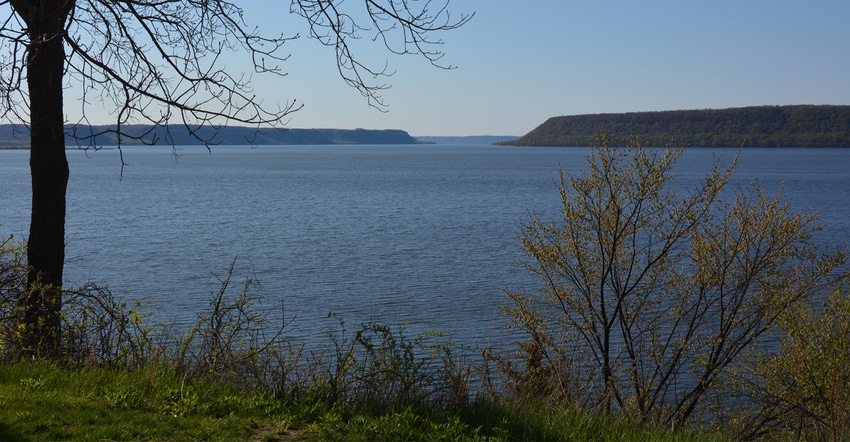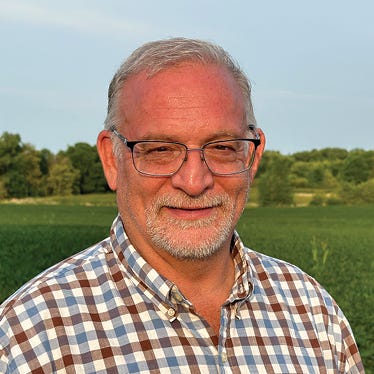January 26, 2022

If you have been paying attention to the back-and-forth definition of Waters of the United States (WOTUS) in recent years, you may be experiencing a bit of whiplash.
In response to a series of court decisions, followed by differing approaches to water protection by recent presidential administrations, the definition of WOTUS seems to be constantly in flux.
Most recently, the EPA and the U.S. Army Corps of Engineers have proposed repealing the Trump-era definition of WOTUS as spelled out in the Navigable Waters Protection Rule and replacing it temporarily with the broader Obama-era definition. The current Joe Biden administration has also pledged to develop a final rule that will expand the definition of WOTUS even further.
Farmers, builders, developers and even many states favored the Navigable Waters Protection Rule as it held largely to the original “navigable waters” language of the Clean Water Act. In general, the navigable waters definition included waters subject to tides, along with those that have been or could be used for interstate commerce. Many of the court cases brought since passage of the Clean Water Act in 1972 revolve around whether the EPA or Army Corps of Engineers have exceeded their authority by claiming jurisdiction on waters that do not meet this definition.
This doesn’t mean that smaller or intrastate bodies of water were left without protection. Rather, this interpretation of the rule gave states the authority to manage these smaller waters through their own environmental regulations.
Replacing the Navigable Waters Protection Rule with a greatly expanded definition of WOTUS could include places that are only occasionally even wet.
Minnesotans question furor
Here in Minnesota, we have a lot of water resources, and some of the most comprehensive environmental regulations in the nation. This may leave some wondering, “Why all the fuss?” The fuss revolves around uncertainty regarding just how far the proposed new rule might go in allowing federal oversight. Will permits be required for basic farming activities? What penalties might be imposed?
Meanwhile, Minnesota farmers continue to improve their stewardship of soil and water. Reduced tillage intensity, improved nutrient management practices and targeted treatment of highly sensitive areas are all trending in the right direction.
In the WOTUS front, farmers, small businesses and many others are hoping for a reasonable rule that protects water resources, while providing clear direction for states and stakeholders. And an end to this seemingly endless cycle of repeal and replace.
Formo is executive director of the Minnesota Agricultural Water Resource Center.
About the Author(s)
You May Also Like






